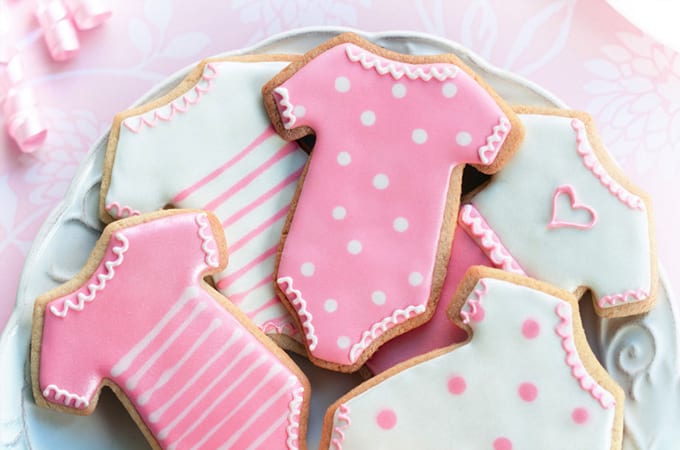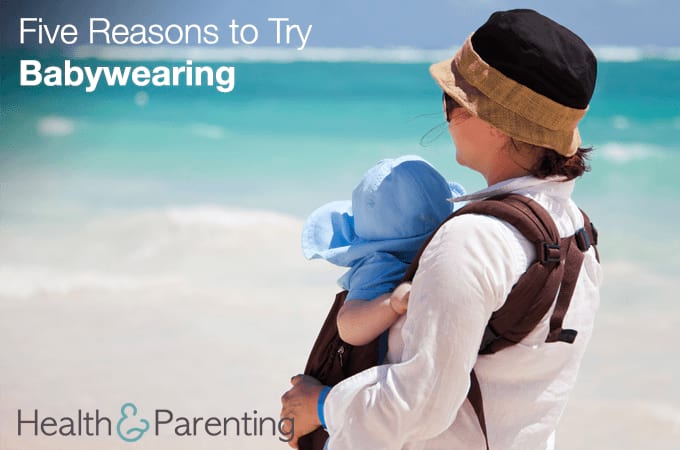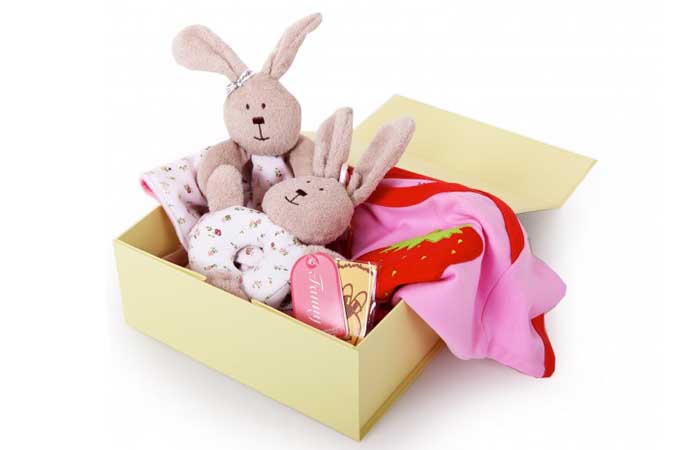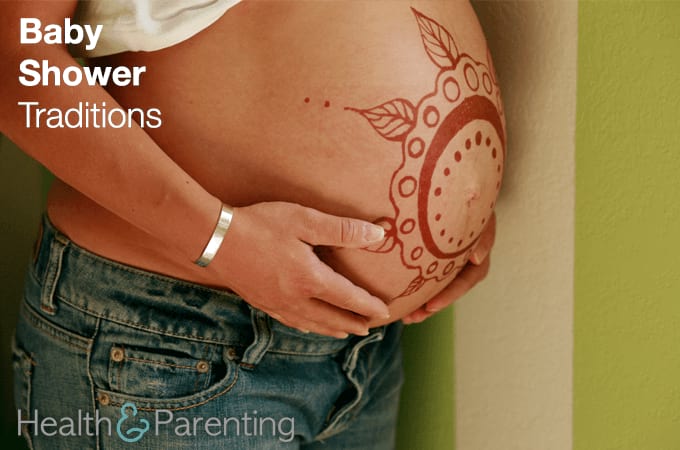Baby showers are an important occasion in the social calendar of a mum-to-be. As the organiser, you want to make sure the event goes above and beyond her expectations. Having a theme can help to tie an event together. It’s important to plan the theme before sending out the invitations, so that they can correspond with the theme and give guests an idea of what to expect.
Boy/Girl Theme – If you know the sex of the baby, then this a great way to tailor the baby shower. Go for blue decorations for a boy’s shower, and pink for a girl’s. Make sure the invitations, cake, decorations, balloons and party favours all tie into the colour scheme. For a little boy, you could have toy boats and train tracks as part of the decor. For little girls, you could opt for floral decorations and some dolls to add to the effect. Even if the sex of the baby is unknown, you could still utilise the boy/girl theme by having a mixture of pink and blue decorations – and a lot of question marks.
Bookworm – When you think back to your childhood, one of the things that stands out most is probably your favourite books. From bedtime stories with your parents, to learning to read, our childhoods are filled with books. You could ask each of the guests to bring a copy of their favourite childhood book. You could even theme the party around the mum-to-be’s favourite childhood book. There are so many beautiful and colourful children’s books to choose from, and you can pick copies up for next to nothing at your local charity or thrift shop. For decoration, you can display inspirational quotes from children’s story books.
Baby Animals – Baby shops across the world are filled with animal themed products. From circus bedding, to farmyard dinner plates, you can get pretty much anything adorned in animals. Animals are a great theme for a baby shower, and it’s really easy to find inspiration. Baby animals are particularly relevant at a shower – so fill the walls with lambs, kittens and elephant calves. The great thing about this theme is that any decorations can be passed on to the mum-to-be to use in the nursery. A great centrepiece for this theme, would be a giant stuffed animal that could be given as a gift too.
Vintage Tea Party – Since the mum-to-be can’t drink and baby showers tend to take place in the afternoon, why not celebrate with a vintage inspired tea party? Think bunting, mismatched cups and saucers, and cupcake stands for decorations. For food, serve cucumber sandwiches, mini cupcakes and a victoria sponge. Ask guests to dress in vintage inspired dresses to match the surroundings.
Mocktail Party – Indulge the mum-to-be’s decadent side by hosting a mocktail party. There are loads of amazing recipes to choose from, and you certainly won’t miss the alcohol. Fruity, fizzy and milky – there are lots of different types of mocktails so try to offer a selection at the party. For the decorations, try to dress the venue like a fancy cocktail bar (or, even better, have the party at a fancy cocktail bar). Mood lighting, background music and bold colours will look great with this theme. Make sure you have all the right glasses, garnishes and decorations to make the mocktails feel extra special.
Written by Fiona, proud owner of a toddler, @fiona_peacock
This information is not intended to replace the advice of a trained medical doctor. Health & Parenting Ltd disclaims any liability for the decisions you make based on this information, which is provided to you on a general information basis only and not as a substitute for personalized medical advice. All contents copyright © Health & Parenting Ltd 2017. All rights reserved.





















